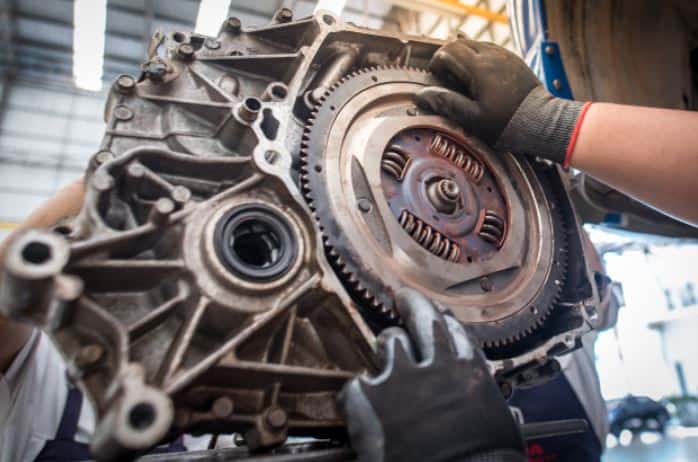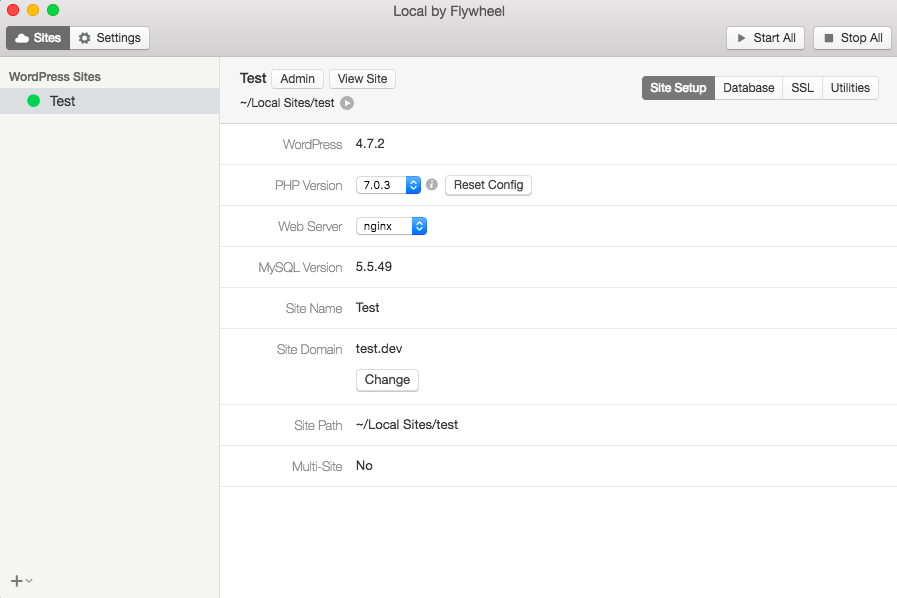

- #LOCAL BY FLYWHEEL WORK ON WITH MULTIPLE COMPUTER GENERATOR#
- #LOCAL BY FLYWHEEL WORK ON WITH MULTIPLE COMPUTER FULL#
Therefore, tensile strength is more important than the density of the material. Rapidly rotating objects are subject to significant centrifugal forces however, while dense materials can store more energy, they are also subject to higher centrifugal force and thus may be more prone to failure at lower rotational speeds than low-density materials. To optimize the energy-to-mass ratio, the flywheel must spin at the maximum possible speed. The amount of energy that can be stored is proportional to the object’s moment of inertia times the square of its angular velocity. The energy is discharged by drawing down the kinetic energy using the same motor-generator. Electric energy input accelerates the mass to speed via an integrated motor-generator. How Flywheel Energyįlywheel energy storage systems (FESS) employ kinetic energy stored in a rotating mass with very low frictional losses. For utility-scale storage a ‘flywheel farm’ approach can be used to store megawatts of electricity for applications needing minutes of discharge duration. Today 2 kW/6 kWh systems are being used in telecommunications applications. Currently, high-power flywheels are used in many aerospace and UPS applications. The amount of energy that can be stored in a flywheel is a function of the square of the RPM making higher rotational speeds desirable. Composite rims are both lighter and stronger than steel, which means that they can achieve much higher rotational speeds. The choice of rim material will determine the system cost, weight, size, and performance. Typically, users of high-speed flywheels must choose between two types of rims: solid steel or carbon composite. Flywheels can bridge the gap between short-term ride-through power and long-term energy storage with excellent cyclic and load following characteristics.
#LOCAL BY FLYWHEEL WORK ON WITH MULTIPLE COMPUTER FULL#
Some of the key advantages of flywheel energy storage are low maintenance, long life (some flywheels are capable of well over 100,000 full depth of discharge cycles and the newest configurations are capable of even more than that, greater than 175,000 full depth of discharge cycles), and negligible environmental impact. The flywheel is connected to a motor-generator that interacts with the utility grid through advanced power electronics. To maintain efficiency, the flywheel system is operated in a vacuum to reduce drag.
#LOCAL BY FLYWHEEL WORK ON WITH MULTIPLE COMPUTER GENERATOR#
Most modern high-speed flywheel energy storage systems consist of a massive rotating cylinder (a rim attached to a shaft) that is supported on a stator – the stationary part of an electric generator – by magnetically levitated bearings. When short-term backup power is required because utility power fluctuates or is lost, the inertia allows the rotor to continue spinning and the resulting kinetic energy is converted to electricity.

The rotor spins in a nearly frictionless enclosure. Kinetic energy can be described as “energy of motion,” in this case the motion of a spinning mass, called a rotor. You can learn more about flywheel technologies below.įlywheel energy storage systems (FESS) use electric energy input which is stored in the form of kinetic energy. Instead of conventional bearings, enabling them to revolve at speeds up to Materials, stored in vacuums to reduce drag, and employ magnetic levitation Flywheels also are able to respond to grid signals instantly, delivering frequency regulation and electricity quality improvements.įlywheels are traditionally made of steel and rotate onĬonventional bearings these are generally limited to a revolution rate of aįew thousand RPM. More advanced flywheel designs are made of carbon fiber A flywheel is able to capture energy from intermittent energy sources over time, and deliver a continuous supply of uninterrupted power to the grid.

A flywheel is recharged by using the motor to increase its rotational speed once again.įlywheel technology has many beneficial properties that enable us to improve our current electric grid.

At the most basic level, a flywheel contains a spinning mass in its center that is driven by a motor – and when energy is needed, the spinning force drives a device similar to a turbine to produce electricity, slowing the rate of rotation. A flywheel is a rotating mechanical device that is used to store rotational energy that can be called up instantaneously.


 0 kommentar(er)
0 kommentar(er)
